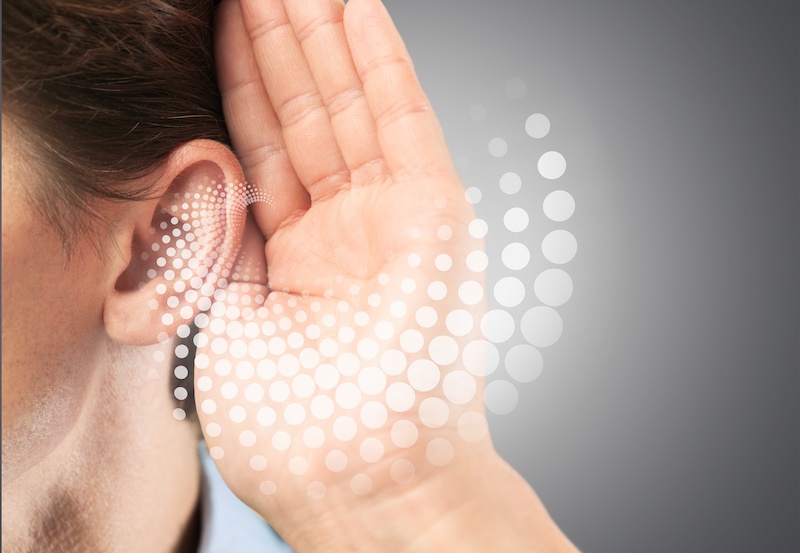Some myths are more exciting than others. If you think hearing loss myths fall into the “others” category, you’d be mistaken. The good news is, many of us have been in the same tender boat regarding hearing health awareness – so let this be your ticket on to the (a)hip and happening party barge.

Welcome to the episode of MythBusters that never was but should have been – we hope this clears up the word on the street. And if it doesn’t, consider this a referral.
Myth 1: Hearing loss is an ‘old person’ problem and happens naturally with age
Unfortunately, hearing loss isn’t as negligible as greying hair. Results from the Canadian Health Measures Survey revealed 40 per cent of younger adults aged 20 to 39 showed signs of tinnitus, while 60 per cent of Canadians between 20 to 79 years have a hearing health problem.
Myth 2: Loud noises and genetics are the only threats to our hearing health worth noting
It’s not the size of the sound wave; it’s the unrelenting motion of the ocean that will get to your ears. One of the less perky perks of living in the modern age, when Bluetooth headphones can almost claim squatters’ rights on our ears, is learning that our eardrums’ constant and close proximity to sound (even at medium volume) is where significant threats to hearing health lie. So we’re looking at you, podcast listeners, like we’ve always been looking at heavy metal enthusiasts.
Myth 3: Hearing loss only affects your hearing
When left unaddressed, hearing health issues have been linked to an increased risk of cognitive decline, falling, social isolation, dementia, and depression. Due to the load hearing loss bears on cognitive function, it strains the brain’s resources to keep up with other functions. Thankfully, hearing aids can reverse some of these effects by lifting the strain hearing loss places on short-term memory functions.
Myth 4: Hearing aids are to ears what glasses are to eyes
As understandable as that belief may be, if the world ever appears so simple – that’s the sign to start questioning your senses. Sensorineural or ‘nerve deafness’ is the most common type of hearing loss, meaning the nerves that communicate with the brain are damaged. Hearing aids make specific frequencies that are going unnoticed louder. Therefore, unlike how glasses can restore the average vision-impaired person to normal by clarifying their vision, hearing aids make sounds louder but not necessarily perfectly clear.
Myth 5: My hearing is mostly fine, so I don’t need hearing aids
While this myth begs a question about our standards, hearing aids work best for individuals with mostly (*but not quite*) fine hearing. Due to the aforementioned connections between hearing loss and a social, psychological and cognitive decline, we recommend seeking a hearing test as soon as a loss is suspected, even if only others notice it.
If in need of more incentive: proper hearing aid use correlates with an improved outlook, mood, mobility, independence, communication, and social interaction.
You can’t believe everything you hear, especially if you’ve relied on any of these myths to justify avoiding the hearing instrument practitioner. AHIP protects patients, empowers hearing instrument professionals, and supports the ongoing training of Ontario healthcare providers, helping to create a world where being hard of hearing doesn’t have to be so hard. Our best advice: leave it to the professionals to assess hearing health so you can catch those sound waves with confidence.
AHIP is not and shall not be liable for any of the views expressed by the authors or advertisers on the Signal Blogs. The authors’ opinions and the advertisers’ content do not necessarily reflect AHIP’s views.



